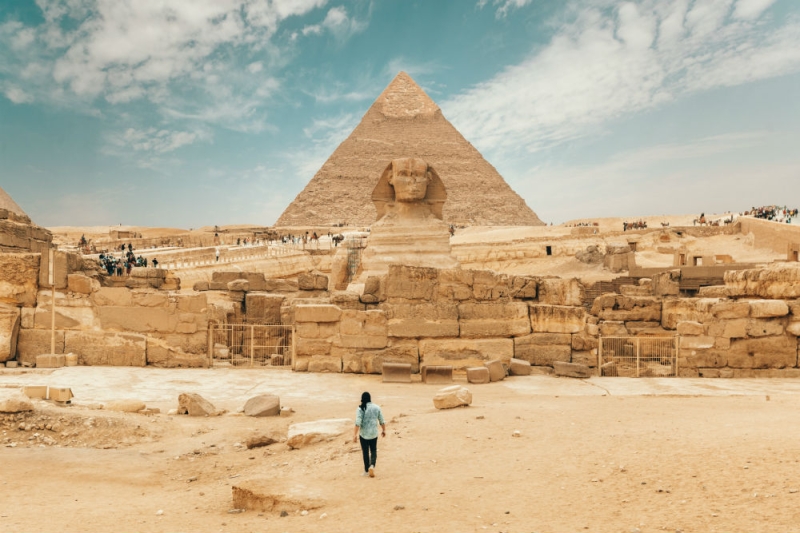
Egypt is not only the Red Sea and hotels operating on the All Inclusive system. Many people use Cairo as a transit point: take a look at the famous pyramids and immediately go to the resort. But in vain: there is a lot of interesting things in the capital of the country. We recommend spending at least five days there to get to know the main attractions.
How to get there
Egypt became one of the countries that quickly opened its borders to foreigners. From July it was possible to get there by transit flight, and from September direct flights from Russia were opened. Direct flights to Cairo from Moscow are operated by Aeroflot. The flight lasts about 4 hours.
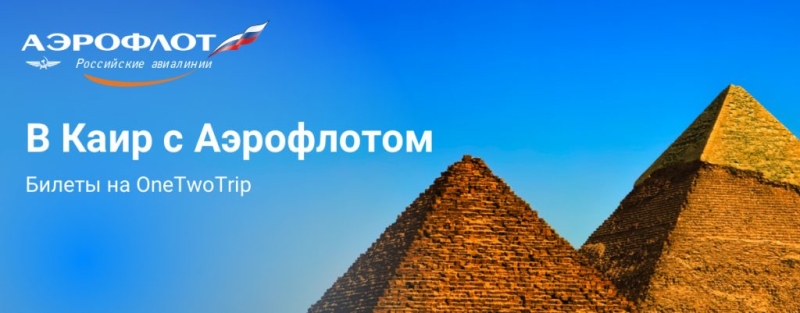
Cairo International Airport is located 15 kilometers from the city. You can get to the center by public bus, shuttlebus, or use the services of one of the transport companies located at the airport. You can also take a taxi, but it is unreasonably expensive and not always safe: the cars are very old.
The bus station is located on the parking level of Terminal 1. Public buses are white with yellow and green stripes. There are several routes into the city; the most convenient way is to get to Tahrir Square (the Sadat metro station is located here). Ticket price is 2-3 Egyptian pounds (10-15 rubles). From Tahrir Square you can catch a taxi that will take you to the hotel according to the meter.
Shuttlebus is a cross between a bus and a taxi. It goes non-stop, but it also costs more: depending on the area you need to go to, from 25 to 80 Egyptian pounds (120-400 rubles). Tickets can be purchased at the Cairo Airport Shuttle Bus office: there are two of them, they are located in the arrivals areas of terminals 1 and 3.
Transport companies here are called limousines, but most likely you will be driven to your destination by a regular car (however, you can also order a limousine). It is better to book a car with driver in advance via the Internet. The cost depends on the distance of the trip, but on average you will be delivered to the city for 200-400 Egyptian pounds (1,000-2,000 rubles). A driver with a sign will meet you at the exit from the arrivals area.
Information on traveling during coronavirus
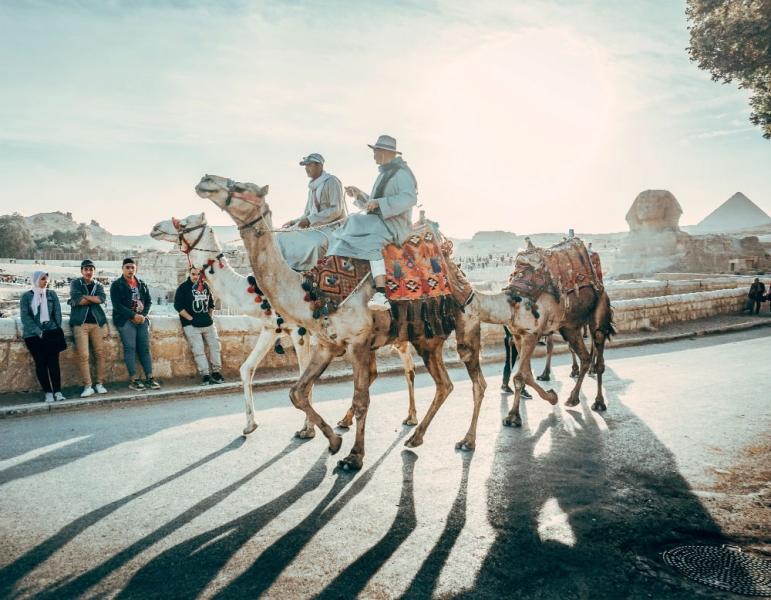
Photo: unsplash. com
From September 1, all tourists arriving in Egypt must provide negative results of a PCR test for coronavirus taken no later than 3 days before entry. In addition, you must have health insurance that covers the cost of treatment for COVID-19.
Where to stay
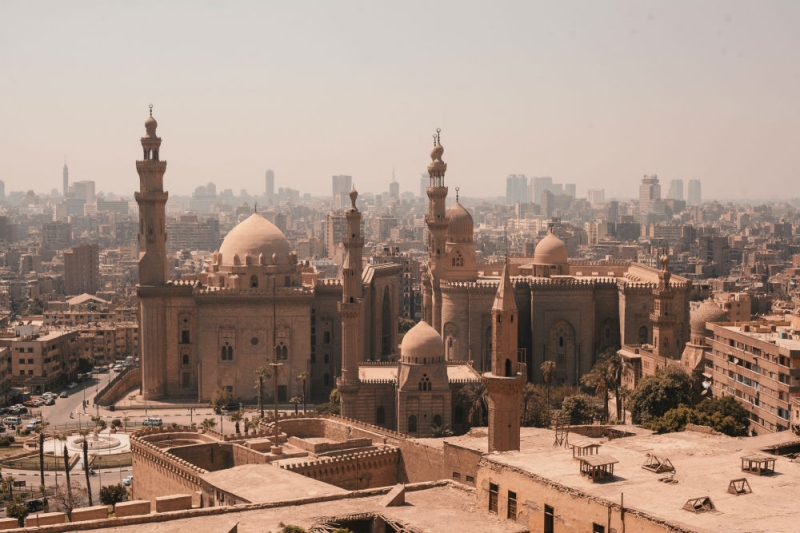
Photo: unsplash. com
Cairo has several hundred accommodation options – from inexpensive hostels to five-star hotels. A night in a hotel of at least three stars with good guest reviews (score 8 points out of 10) will cost from 1,600 rubles for a room for two.
Here are some good options:
- Kempinski Nile Hotel
- Osiris Hotel Cairo
- Paris Hostel
Things to do
Most likely, even five days for a visit to Cairo will not be enough for you; there is so much you will want to see here after getting to know the city. But we have chosen the main points that you simply cannot miss. So, in a few days you will have time…
Spend a day at the Egyptian Museum
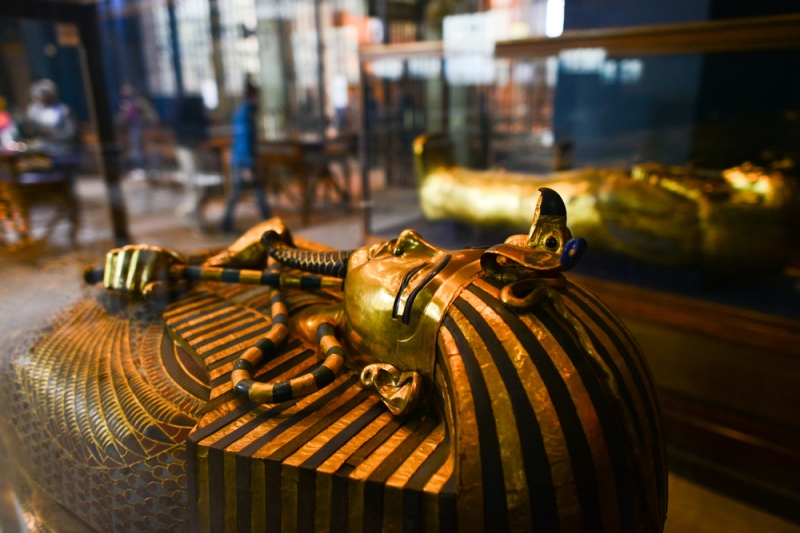
Photo: Orhan Cam/Shutterstock.com
Address: Meret Basha, Qasr an Nile, Cairo
Opening hours: Wednesday to Friday from 09:00 to 17:00, Saturday and Sunday – from 10:00 to 18:00. The museum is closed on Monday and Tuesday.
Admission fee: adult ticket – $9, people over 55 years old – $7. Child ticket (5 to 9 years old) – $5, children under 4 years old go free.
This is one of the most interesting places in Cairo, a museum where no one will get bored. Of course, here you can see real mummies (there are eleven of them), sarcophagi and many other curious antiquities – some exhibits are about five thousand years old.
The museum building is huge: more than 100 halls and 150 thousand exhibits, so don’t expect to quickly run through here in a couple of hours. Overall, it’s worth setting aside one day for the visit.
The tomb of Tutankhamun is of greatest interest to tourists: the entire second floor of the building is dedicated to the finds found in 1922. This was the only burial that the tomb robbers did not manage to plunder, so today we can see all the valuables with which the pharaoh was buried. The main exhibit is a sarcophagus weighing 110 kg, made of pure gold.
And some useful information. Photography in the museum is only allowed without flash; the use of selfie sticks or tripods is prohibited. You can visit the museum with a guide – the excursion lasts 2 hours, but the schedule is quite strict (only three tours per day). The tour costs $12 per person plus a $15 processing fee. It’s more convenient to download the museum’s special app, where an audio guide is available.
Go shopping at Khan al-Khalili market
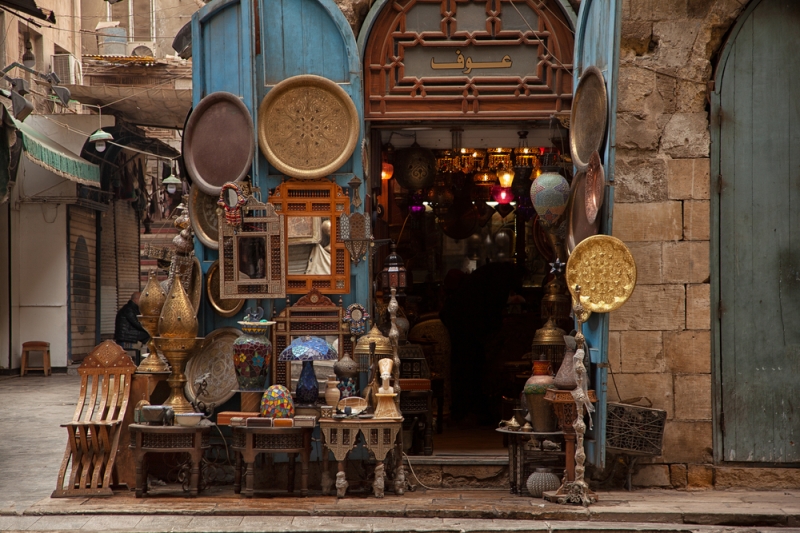
Photo: shutterstock.com
Address: Khan el-Khalili, Cairo
Opening hours: from sunrise to sunset, so varies depending on the time of year. However, many shops remain open after sunset as long as there are buyers in the market. Just keep in mind that on Friday and Sunday some shops are closed.
Despite the fact that this place today is openly touristic, it is simply impossible not to go to the market. People come here for the color, souvenirs and the opportunity to bargain. The market is a tangle of streets, some of which are located inside a 16th-century complex. The architecture deserves special attention—the ancient buildings have hardly changed since the Middle Ages.
Trays, counters and small shops are filled with all sorts of things: souvenirs, local crafts, jewelry, clothes and products. Here you can buy spices, tobacco, coffee and even antiques. Some masters work right there. Everything is very bright, noisy and bustling.
Prices in Khan al-Khalili are higher than in less touristic places, but it is still inexpensive. Pay attention to where the item was made – there are many fakes and souvenirs made in China on the market.
Take precautions: do not take your passport and wallet with you, do not flash your money – there are pickpockets in the market. Cash should be divided into several parts and stored in different places. Instead of a backpack, take a fanny pack and keep an eye on it.
Explore the Coptic Quarter
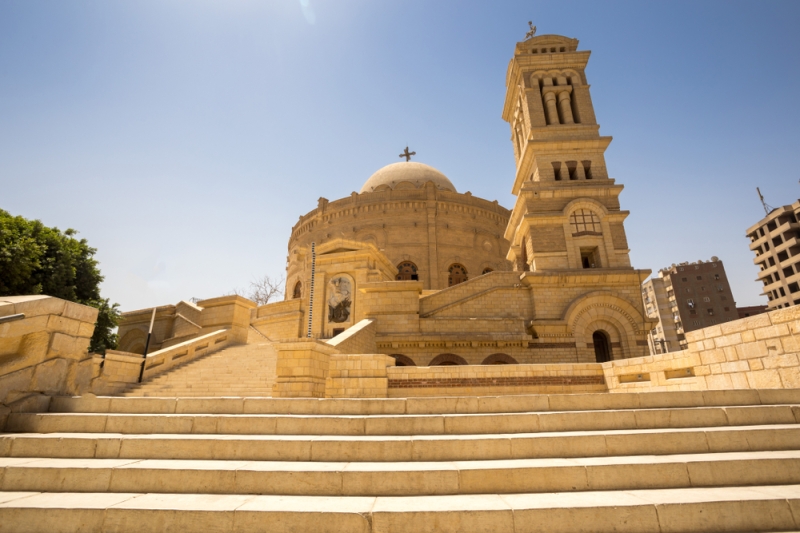
Photo: shutterstock .com
How to get there: by metro to Mar Girgis station.
Copts are Egyptian Christians. They settle in a separate area that is a bit like the old city of Jerusalem. By the way, this is where the Holy Family stayed with the baby Jesus. The Church of Sergius and Bacchus was built over that place in the 4th century.
Immediately after exiting the metro you will see the Greek Temple of St. George, the Roman Bastion and the Coptic Museum. The museum is definitely worth a look – it houses the world’s largest collection of Coptic art (cult objects, icons, books, decor of ancient monasteries).
There are many Orthodox temples and churches in the quarter. Be sure to visit the Church of the Blessed Virgin Mary, which stands on a hill. This is one of the oldest Christian temples in Egypt: it is believed to have been built in the 3rd century AD. The church has an unusual iconostasis of the 12th-13th centuries made of Lebanese cedar, decorated with ivory.
In general, the quarter is small, but it’s easy to get lost in the many narrow streets, and the churches are so beautiful that you want to go into each one. It’s worth setting aside at least half a day for a walk.
Go to Giza to the pyramids
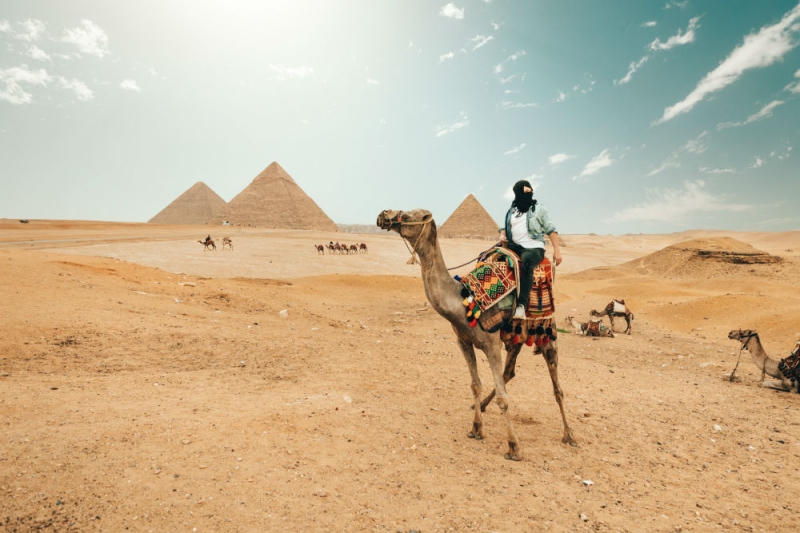
Photo: unsplash. com
How to get there: by metro line No. 2. Get off at Giza Station, from where there is a minibus or buses (No. 900 and 997) to the pyramids. There is a more comfortable option: take the white bus number 355 or 357. They depart every 20 minutes from the airport and the Heliopolis area, but also stop at Abdel Menem Riyad station near the Egyptian Museum.
Giza is a district on the western outskirts of Cairo. Here are the main Egyptian attractions – the pyramids and the Sphinx. Every schoolchild today knows about the pyramids of Cheops, Khafre and Mikerin, one of the seven wonders of the world. In addition to these, the Giza complex includes temples in the valley, the temple of the dead and the lesser-known small pyramids. The Sphinx, a huge stone lion with the head of a man, is located at the very foot of the plateau.
Plan your trip to Giza to catch the light and sound show that takes place at the pyramids every evening. A bright spotlight illuminates the sights one by one, while at the same time there is a story about Ancient Egypt and the history of the construction of the pyramids. Audio is broadcast through headphones, there is a Russian language. You can buy a ticket on the official website or join one of the many organized excursions from Cairo. A ticket to the show for tourists costs from 175 to 250 Egyptian pounds (850-1,200 rubles).
Look at Saqqara
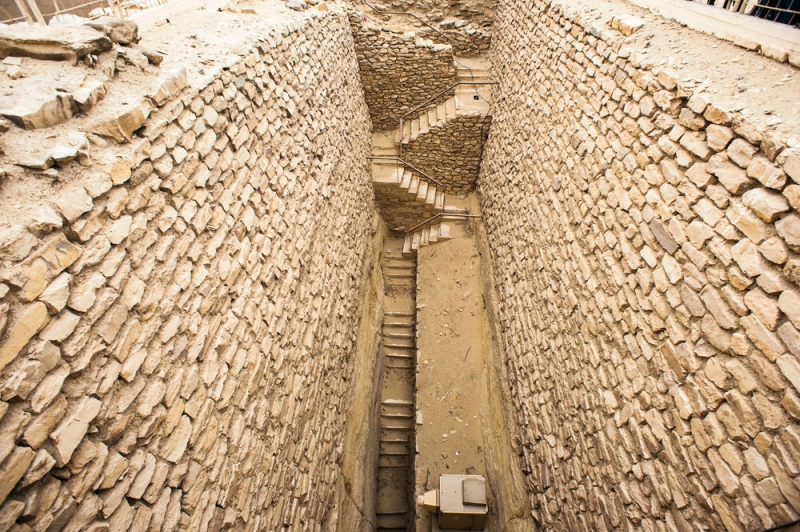
Photo: shutterstock.com
How to get there: the most convenient way is by taxi; the trip by public transport is long, uncomfortable and ends with a half-hour walk. Or you can add a little exoticism to your life and hire a camel guide while visiting Giza (however, you will have to drive through the desert for 3-4 hours).
Opening hours: ticket offices are open from 7:30 to 16:00
Price: from 60 Egyptian pounds (290 rubles)
Sakkara is a small settlement 23 km south of Cairo, where the ruins of an ancient necropolis are located. Here you can see and visit burials, tombs and eleven pyramids from the Late and New Kingdoms.
Until the middle of the 19th century, most of Saqqara was hidden under the sands, but by 1924 the last pyramid, the Step Pyramid, had been found. Since then, the complex has become increasingly popular.
There are few individual tourists in Saqqara, mostly everyone comes in organized groups on an excursion, usually early in the morning. Therefore, if you arrive here without a guide, you will certainly have the opportunity to walk around the desert complex in peace and quiet.

